I’ve been driving the Nissan Leaf for over a year — and it’s not aging well at all
The Nissan Leaf has not aged gracefully, compared to some other EVs
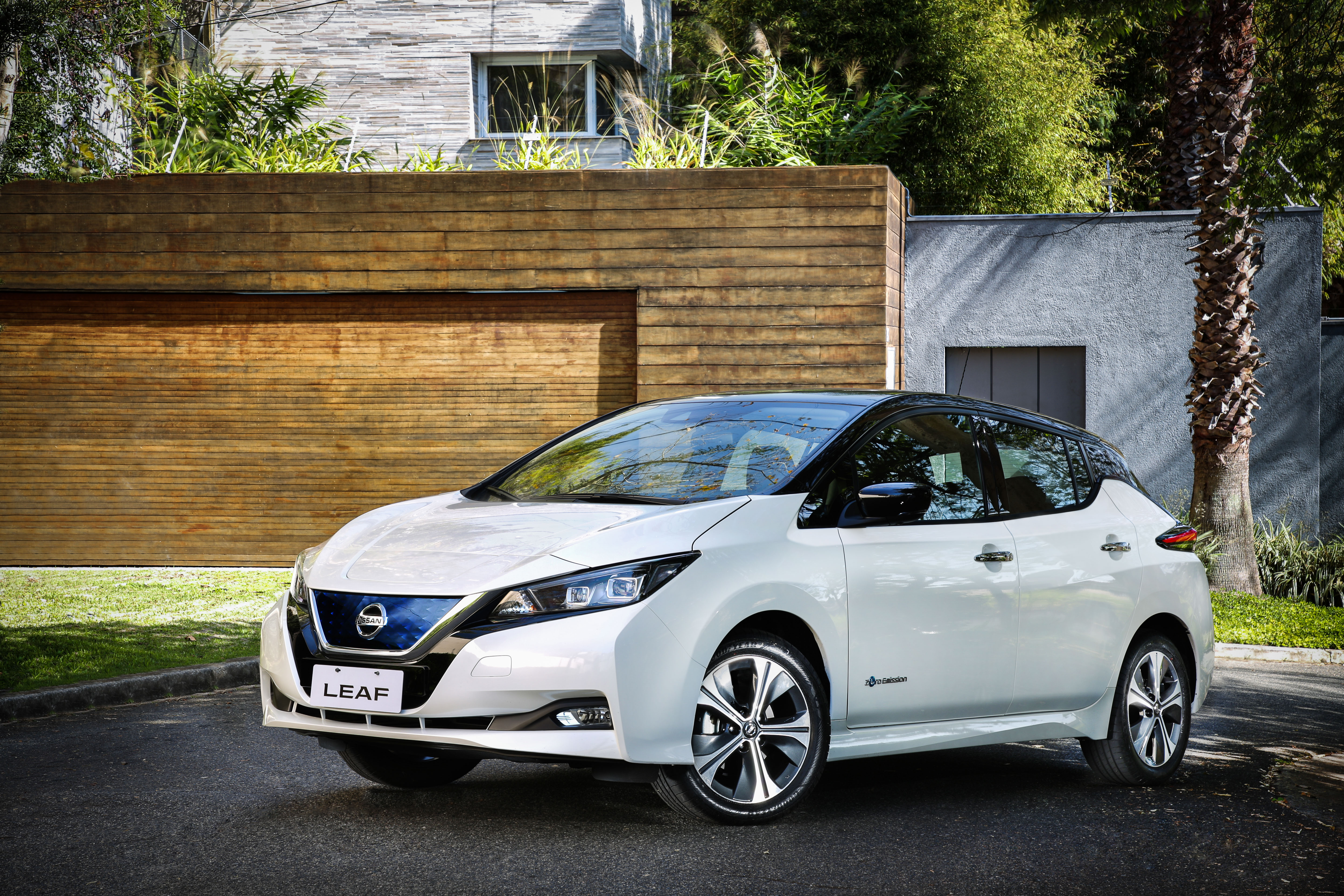
When it comes to switching over to an electric car some people are, understandably, hesitant. I was not one of them, and when the time came to purchase a new car I was resolute in my decision to go electric. The only question was which one I’d go for.
A bunch of factors had to be balanced, including cost, reliability and the all-important range. In the end I went for a second generation Nissan Leaf. It’s a used model, which knocked about a third off the price, but with a clean bill of health and 150-155 miles of estimated range.
The Leaf is a great little car. It’s not too extravagant, but it’s reliable. Unfortunately, the longer I have it, the more I notice various things that I wish I could change. These are issues, to put it bluntly, that make it feel as though the car is aging pretty horribly.
The Nissan Leaf uses a different rapid charger
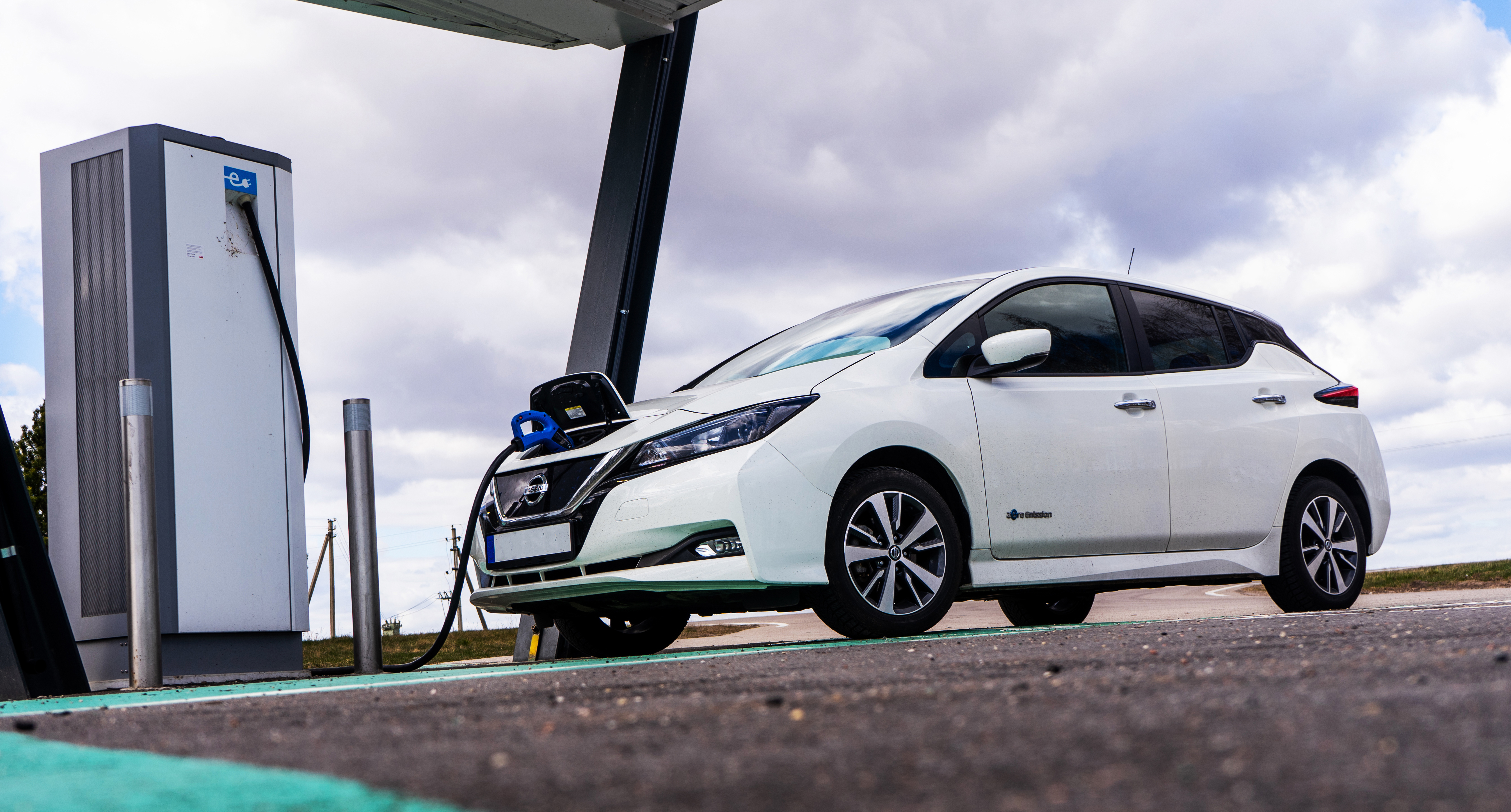
One of the things I really dislike about the Nissan Leaf is the fact that it fast charges using a CHAdeMO connection. The standard, which was developed by a coalition of five major Japanese automakers, has fallen out of favor in recent years — in part thanks to EU legislation promoting the CCS combination charger.
We’re now at the point where the Nissan Leaf is just about the only commonly used EV that doesn’t use CCS in Europe. Tesla, which maintains a proprietary charging system in North America, adopted CCS for European cars back in 2018. Meanwhile, the upcoming Nissan Ariya will launch with CCS charging capabilities.
I could go into a long-winded technical speech about why CCS feels like a more obvious choice than CHAdeMO. There are faster charging speeds available with CCS, and the combination of AC and DC charging into a single plug feels a lot more efficient. But no, because in my case none of that really matters.
My Leaf is a cheaper model, so it can only recharge at 50kW speeds. The fact that CHAdeMO only seems to go up to 100kW in the U.K’s charging network is irrelevant. As is the fact that there are two charging ports instead of one. The real issue is that there don’t seem to be as many CHAdeMO rapid chargers as there are CCS.
Get instant access to breaking news, the hottest reviews, great deals and helpful tips.
I can’t speak for every single charging spot in the U.K., but in my experience any collection of multiple charging points is dominated by CCS. For every two or three DC rapid chargers there are, there’s usually just one CHAdeMO. That makes sense, considering how widespread CCS is, but the relative lack of options does make the prospect of recharging on long trips even more awkward.
Every time I have to wait for, or hunt down the solitary CHAdeMO, I can’t help but wonder whether it actually had to be this way.
The Nissan Leaf’s battery-cooling tech puts it at a disadvantage
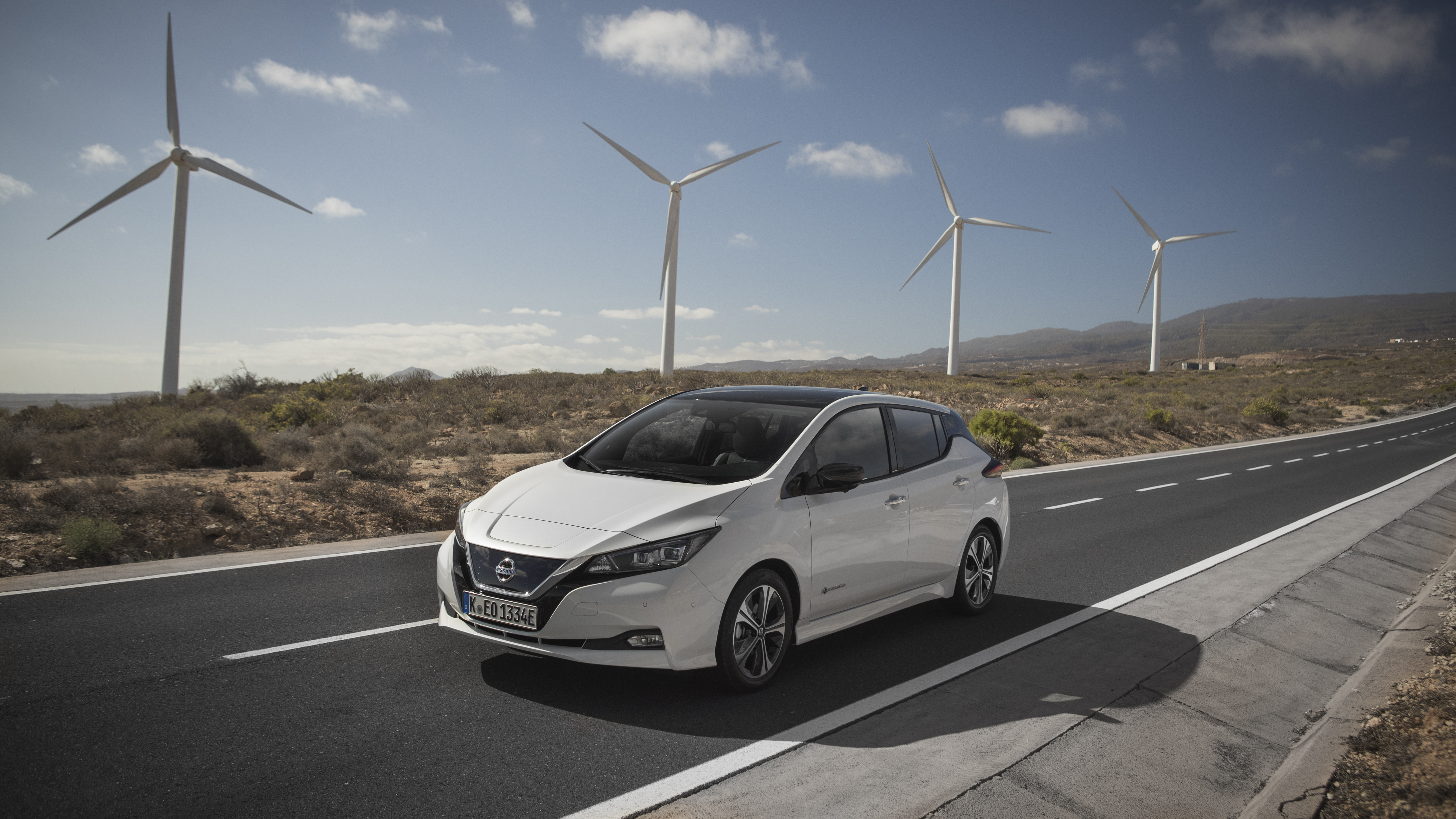
If you take a look at the Nissan Leaf subreddit, or similar communities, you may find people talking about something called “bars”. In simple terms, the 12 bars on both Leaf generations represent battery health — and the fewer bars you have, the worse shape your battery is in.
A lot of factors affect battery health, but heat is the one people tend to think of. It’s why would-be EV owners ask if you should fast charge an electric car, because the faster the charging speed, the more excess heat is produced as a result. If a car doesn’t have adequate thermal management for the battery, the worse that problem could become.
Car makers know that, which is why they’ve done something about it with more and more advanced cooling systems. The likes of Tesla use liquid coolant, while others use an active air cooling system that works much the same way as an air conditioner.
The second-gen Nissan Leaf is stuck with a passive air cooled system which does neither of those things, which means it’s more at risk of overheating — particularly if you need to live in a hot climate.
The problem of battery degradation may well be overstated, as so many things have been among EV-naysayers. But the passive cooling does mean I’m always a little cautious about plugging into a DC rapid charger, wondering if it really is speeding up the process of losing my first bar. Or even if the ambient temperature, combined with the heat from the charger, is slowing down my recharge speed to keep things cool.
I’m fully aware of how ridiculous that kind of mild anxiety really is. For starters I live in the U.K., and while the south east can be pretty warm at certain times of the year, it’s generally pretty mild temperature-wise. It’s not like I live in Arizona or Florida. And there are tools and apps that can display the overall battery health in much greater detail than the car itself.
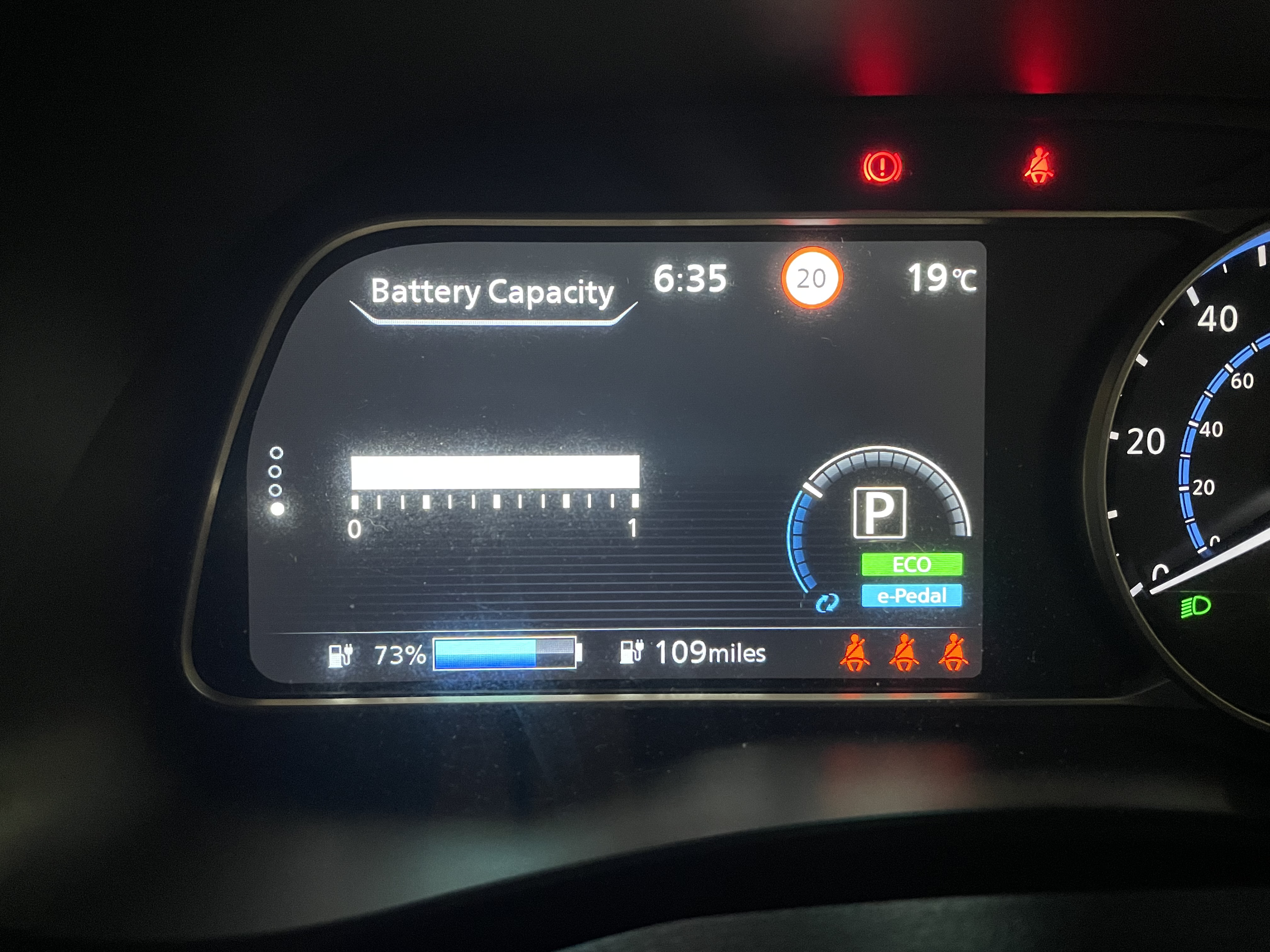
Nissan also has a pretty good warranty to account for battery health. If your battery capacity falls below a certain level in the first 8 years or 100,000 miles, you’ll get a brand new one. My car hasn’t even hit 18,000 miles yet, so it is well below both thresholds. The fact is I don’t drive or rapid charge it enough for the strange cooling choices to be of any real concern.
Part of me wishes that Nissan had opted for a slightly more hi-tech solution back in 2017, as it’s done with the liquid-cooled Nissan Ariya. The Chevy Bolt managed to do it, and without impacting range or increasing the price too much.
Other little things seem indicative of the Leaf’s age
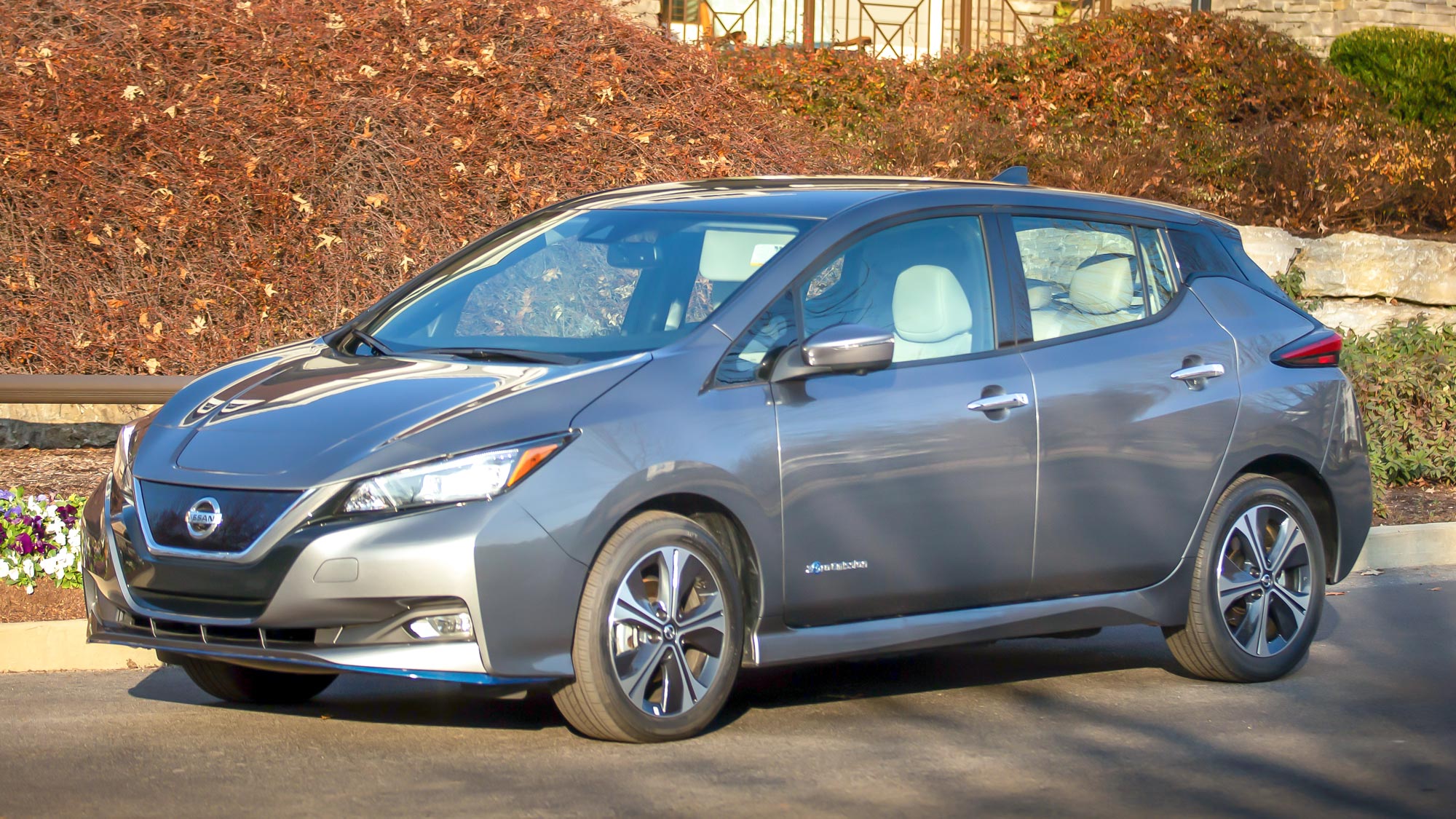
Beyond the battery and charging systems, there are other things that are indicative of the Leaf’s age. They’re generally pretty minor problems, but they are still problems — especially compared to newer cars.
For starters, the Leaf’s central touchscreen is pretty unresponsive, which is far from ideal. I’ve not been quiet about my dislike of touchscreens in cars, and I will never believe that they aren’t a horrendously stupid idea. Because you can’t tell what you’re doing without looking away from the road, which is the one thing you should never do.
But the Leaf’s touchscreen takes it to another level. Not only can you not see what you’re doing, you can never be sure if it even registered your input in the first place. When you’re driving down the highway at 70 miles per hour, and Google Assistant can’t figure out who you’re trying to call, the last thing you want to do is fumble about with the screen while trying to keep your concentration on the road.
Sometimes I wonder whether it would be easier to navigate using the scroll wheel insead. Until I realize I’d still have to look at the screen to see what was highlighted, which pretty much negates the whole purpose.
The companion app also isn’t very good either. Or rather, the one I use isn’t, because as best I can tell there are two apps available: NissanEV and NissanConnect. NissanConnect doesn’t work for me, and never has, because it insists that my car’s VIN number isn’t valid. Which is a shame because the European version appears to have had a hefty update back in March, and got some positive reception on the r/Leaf subreddit.
NissanEV does work, though just barely. Compared to other EV companion apps I’ve used, like those from Tesla and Jaguar, Nissan’s is severely lacking. It’s slow, sometimes unresponsive, and doesn’t seem like it wants to pick up data from my car. It has done, once, but I can’t figure out what triggered it.
As a bare minimum, the app is fine. It’s possible to remotely view my current battery level, which is very useful while charging, and likewise I can alter the internal climate before I reach the car. You have to be patient, though, because it can take a few minutes for the app to make a connection with the car — if it can at all.
There’s also no option for wireless CarPlay, which Apple launched back in 2015. I can understand the lack of wireless Android Auto, since that didn’t officially launch until 2018 and long after the second generation Leaf hit the roads. But CarPlay? Seems like another missed opportunity, and I say that as an Android owner.
But hey, at least it has both. That’s one thing Nissan figured out pretty quickly, and there are some cars that still haven’t quite figured out this is a thing people might want. Tesla doesn’t support either, and Polestar has been taking its sweet time bringing CarPlay to its vehicles.
It didn’t have to be this way — and the Chevy Bolt proves it
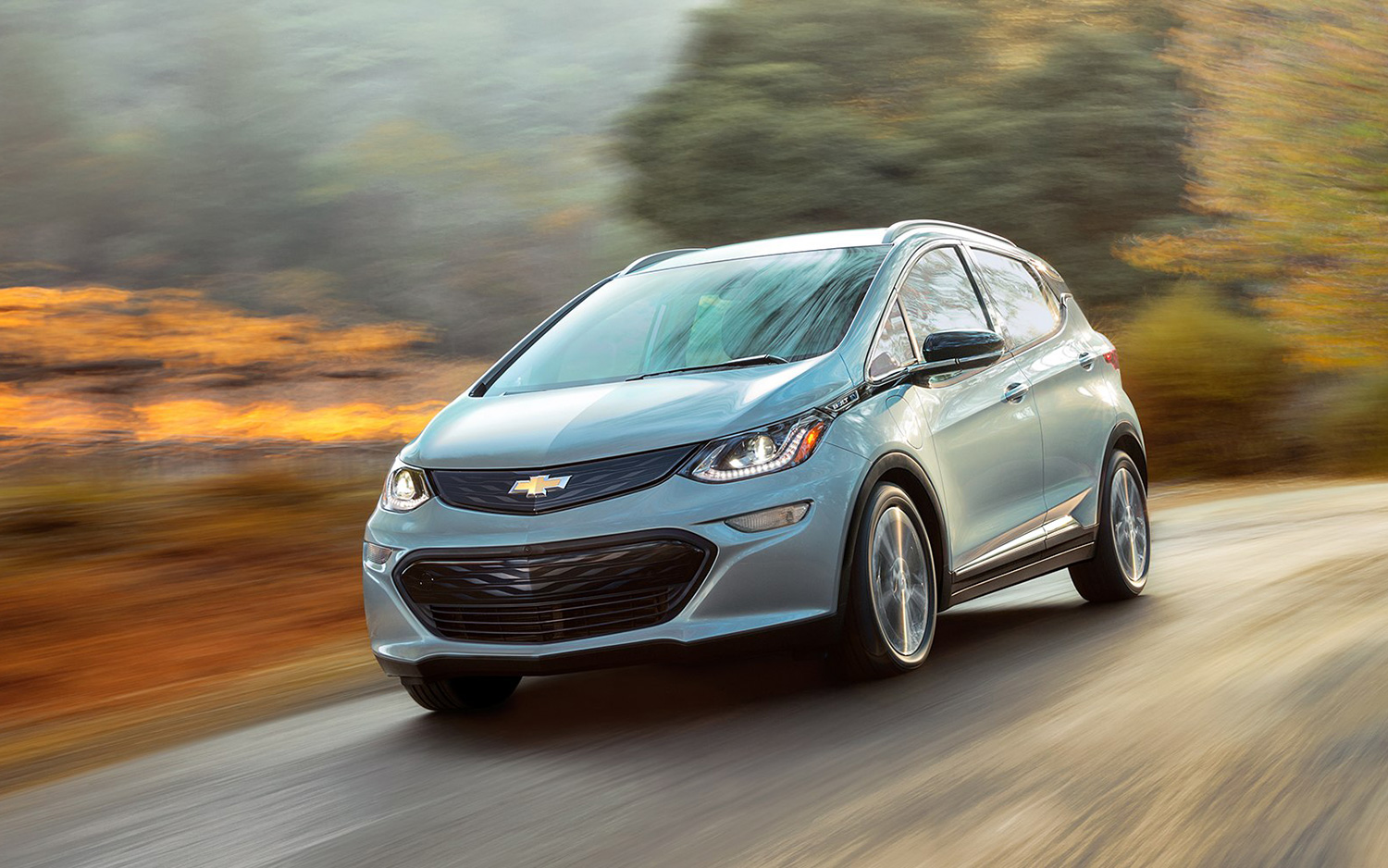
Five years can seem like a long time, especially where technology is concerned. But that time period isn’t long enough to excuse the fact I feel Nissan made some pretty strange choices with the Gen 2 Leaf.
After all, the EU had already started the process of backing CCS way back in 2014 -with rules promoting its adoption coming into play in 2017. That was way too late for the first generation Leaf, which launched in 2012, but the Gen 2 model hit the roads in early 2018. And there were cars that offered CCS charging and liquid cooled batteries at the time, and for a pretty comparable price.
Case in point, the Chevrolet Bolt, which first went on sale back in 2016. In many ways it’s superior to the Leaf, offering better range, more cargo space and faster acceleration. Of course, with prices starting at around $37,495, the 2017 Bolt was more expensive than the $30,875 you’d have to pay for the cheapest 2018 Nissan Leaf.
But you also have to consider that the cheapest Leaf is cheaper for a reason. It has a smaller battery, and therefore range, and rapid charging only became a standard feature late last year. Opting for the 62 kWh battery Leaf, which hit the roads in 2019, and you’d have been paying at least $36,550. That means the two cars were, more or less, comparable from a pricing standpoint.
Even today, the Leaf and the Bolt are two of the cheapest EVs on sale in the United States. The entry-level 2023 Bolt even went so far as to undercut the Leaf in terms of pricing and range. A 2023 Chevy Bolt starts at $27,200, and offers 247 miles of range. Meanwhile, the $27,400 Nissan Leaf only manages 149 miles.
Granted, the Leaf still gets to enjoy the $7,500 EV tax credit, while the Bolt does not. But it’s stuff like this that makes me wish Chevrolet sold electric cars in the U.K.
What has Nissan said about this?
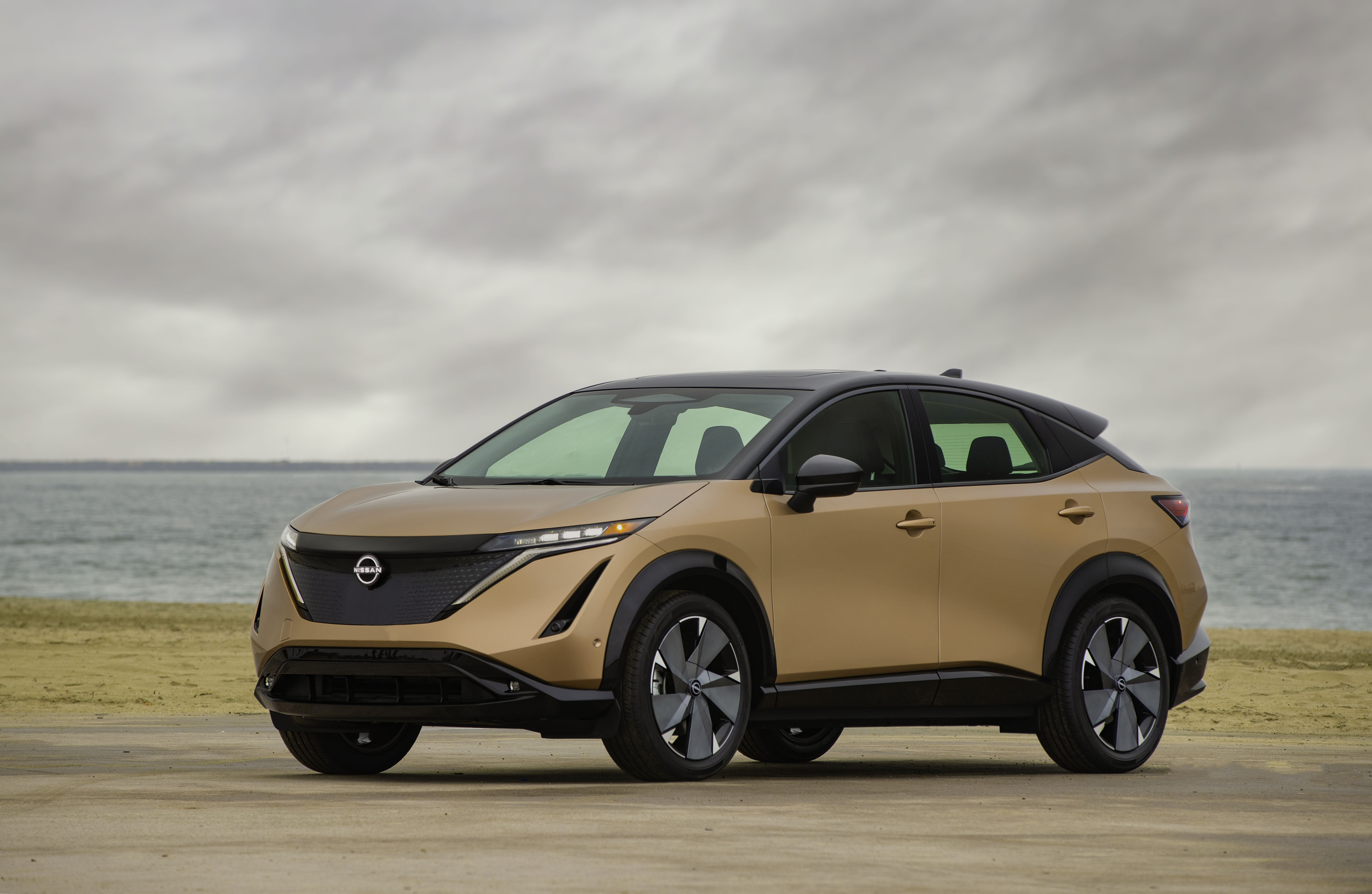
I did ask Nissan if it could offer some insight into the Leaf’s design process, and why certain decisions were made. Unfortunately, the automaker did not go into any detail, simply saying that “Nissan has heard from the majority of LEAF owners about their satisfaction with the LEAF, which has resulted in almost 600,000 global sales since the vehicle's introduction in 2010.”
I can’t speak for 600,000 car owners, and what they may or may not like about the car. I can only talk about my own experiences and how the Leaf’s differences have affected me. That’s not to say I don’t like the car or have any regrets about buying one. Quite the opposite, in fact. It’s a useful electric car, with all the things I need in it, and it’s small enough to fit inside my piddly little garage.
The only thing I do think about is whether I should have paid more and got a 62 kWh model, and the 226 mile range. Then again I rarely take long trips by car, and that extra battery space would normally be going to waste.
It’s easy to speculate as to why Nissan made the decisions it did, but that doesn’t do anyone much good. The fact is the Leaf is what it is, and there’s no changing that now. Still, it does feel as though Nissan has learned a thing or two, since the upcoming Ariya is set to offer CCS charging and a liquid cooled battery.
Then again, the Ariya is arguably designed to be more luxurious, which is reflected from the interior and the fact it’s about $20,000 more expensive than a Leaf.
Then again a brand new car gives Nissan the opportunity to make more decisions I would consider mistakes. Case in point: The Ariya's e-Pedal one-pedal driving system won't bring the car to a complete stop. That means you have to tap the brake pedal to stop the car creeping, and I feel that misses the point of one-pedal driving. But Nissan claims this is what people have been asking for, and it’s what they’re getting regardless of my personal feelings on the matter.
Bottom Line
Don’t get me wrong, I like my first electric car just fine. The Nissan Leaf is far from perfect, but it does have all the necessary parts to handle my casual driving needs. Even on the rare occasions I do have to travel further afield, the only serious issue is the short range —‚ but I knew what I was getting in for when I purchased the 40 kWh model.
Still, I do wish things had been a little different. Or that Nissan had taken them into account after it became apparent that CHAdeMO and passive battery cooling might not have been the most sensible options.
Here’s hoping the third generation Leaf, which isn’t set to arrive until 2025, will fix these particular problems.

Tom is the Tom's Guide's UK Phones Editor, tackling the latest smartphone news and vocally expressing his opinions about upcoming features or changes. It's long way from his days as editor of Gizmodo UK, when pretty much everything was on the table. He’s usually found trying to squeeze another giant Lego set onto the shelf, draining very large cups of coffee, or complaining about how terrible his Smart TV is.
